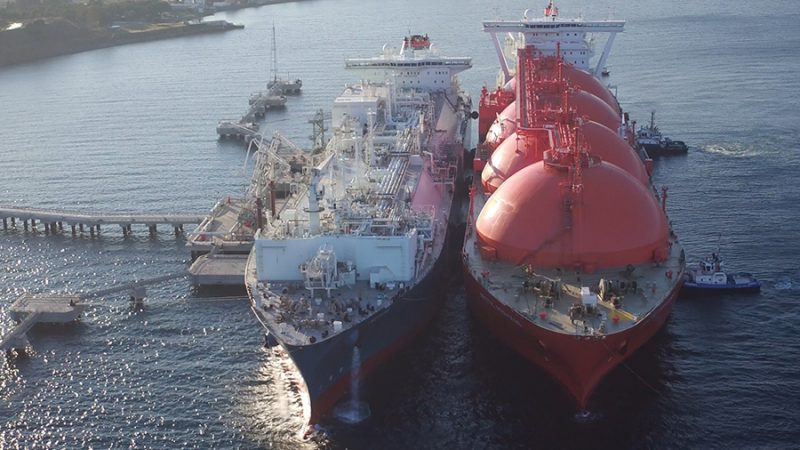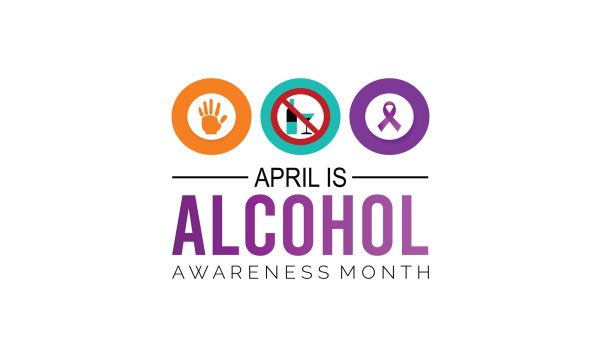Cutting Dependence on Russian Gas
April 22, 2022
Since the Russian invasion of Ukraine, the EU has been seeking to limit trade with Russia. It has been successful in most attempts, but has still been unable to cut its reliance on Russian gas, as this is where most of European gas supplies come from.
Of all gas imports, roughly 40 percent come from Russia. Norway, the next largest exporter of gas to Europe, provides about 15 percent of the supply. Most of this gas comes from pipelines, such as the original Nord Stream Pipeline. However, gas pipelines take years to build, meaning it’s not a viable option for reducing dependence on Russian gas.
Because of this, several European countries have suggested building new liquified natural gas (LNG) terminals. Lithuania, a small nation that shares a border with Russia, already has a large, modern terminal. Finland and Estonia are looking at a possible joint venture into a floating LNG terminal.
Germany, the largest importer of Russian natural gas, has set aside $3 billion to build new LNG terminals. Also, Germany and the Netherlands are beginning to drill for natural gas in the Wadden Islands. According to some estimates, the country could cut itself off entirely from Russian gas imports by winter this year.
If the EU does manage to wane itself off of Russian imports, it will be another blow to the Russian economy. The sales from gas exports, in large part, go to help fund the Russian government. Finding new buyers would be difficult, as it would require a completely new pipeline infrastructure.
Sources:




